Eroshan Sandeepa, BSc-Civil Eng (UOM), MSc (Reading)
Graduate Research Scholar
Somewhere, something incredible is waiting to be known.
I am a recent civil engineering graduate from the University of Moratuwa, Sri Lanka. Currently, I work full-time as a research scholar specializing in computational mechanics, with a focus on deployable structures.

My Story
From childhood wonder to engineering passion
Driven by a childhood fascination with the cosmos and a thirst for knowledge, I embarked on a journey from a small village in Sri Lanka to the prestigious halls of the University of Moratuwa. Growing up, with limited resources but boundless encouragement from my family, I developed a passion for engineering and innovation. This unwavering determination led me to achieve academic excellence, ranking among the top 1% in the national G.C.E. Advanced Level exams and securing admission to the country’s premier technological university.
The university wasn't easy.
My first semester fell short of expectations. But my unwavering belief in the power of science fueled my resolve. By immersing myself in subjects like structural mechanics and calculus, I transformed my academic performance, consistently earning Dean’s List honors and graduating with a first-class GPA.
This journey is not only a testament to my dedication but also a beacon of hope for aspiring students from underprivileged backgrounds, proving that dreams can be achieved through hard work and unwavering belief.
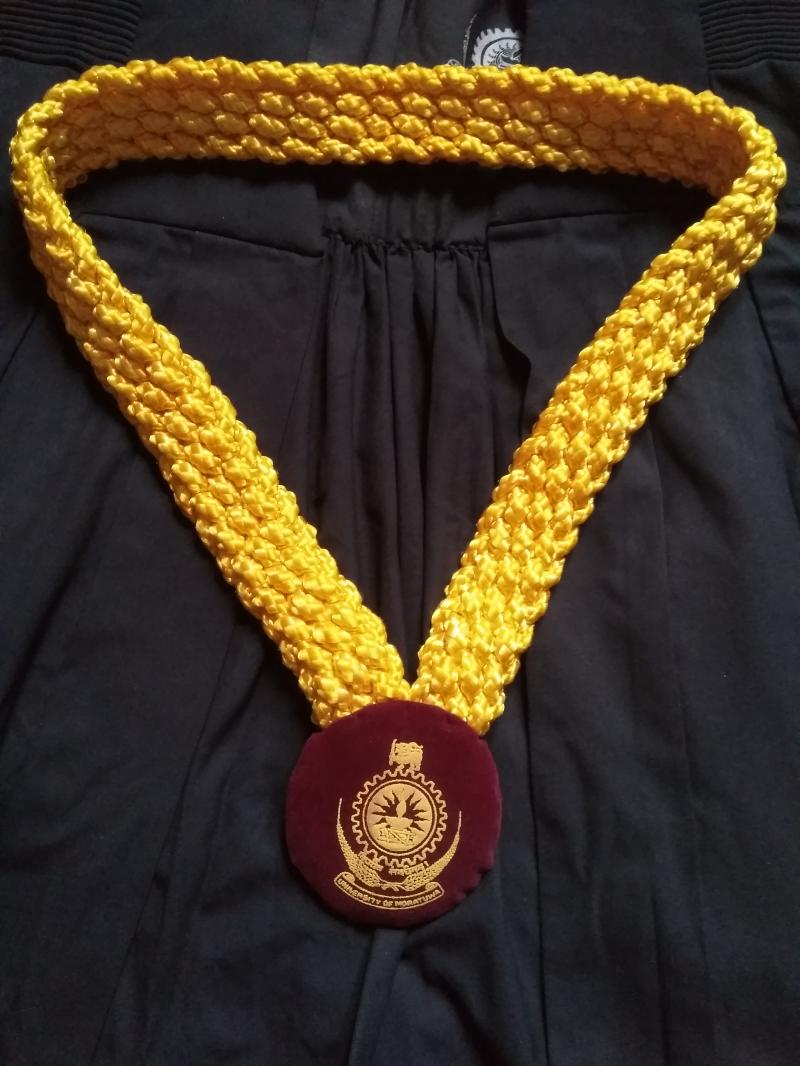
Research Projects
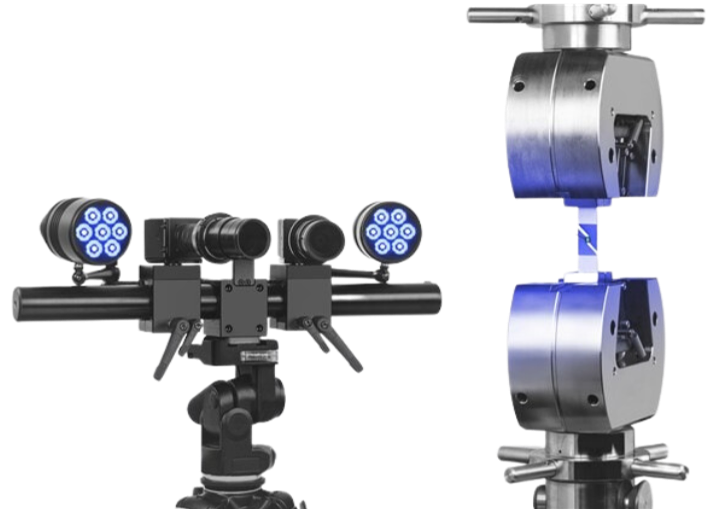
Out-of-plane measurements with a novel 3D DIC system
Undergraduate Research - Supervisor : Prof. Chinthaka Mallikarachchi
In structural engineering, the precise measurement of 3D deformation is crucial for modern applications. Digital Image Correlation (DIC) has emerged as a promising optical-based displacement measurement technique in experimental science, offering advantages like ease of use and high spatial resolution. However, capital costs and limited 3D capabilities in open-source DIC software have hindered widespread adoption. Previous research primarily focused on 2D deformations, leaving a gap in understanding materials undergoing significant out-of-plane deformation.
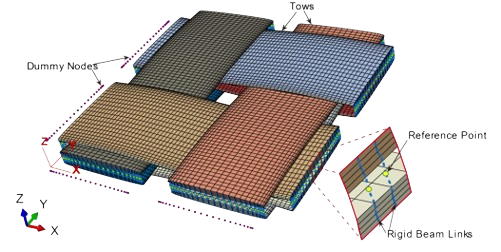
Mechanics of ultra-thin woven fibre composites
MSc Research (Reading) - Supervisor : Prof. Chinthaka Mallikarachchi
Ultra-thin woven composites, valued for their high strength-to-weight ratio, play a vital role in aerospace engineering, particularly in self-deployable structures. Failures in deploying satellite appendages can lead to mission failure and substantial financial losses. Physical testing of these structures in ideal conditions is prohibitively expensive and impractical. Therefore, developing numerical modeling techniques to simulate the behavior of these structures is crucial for future space projects. The complex geometric and nonlinear material properties hinder the understanding of these materials’ mechanical properties. Hence, a multiscale modeling approach is utilized.
Deployable Structures
Currently, launch vehicle stowage space is limited, primarily occupied by fuel storage. Large structures such as solar sails, reflector antennas, and satellites need to be compacted for launch and subsequent deployment in space.This compression is crucial for efficient storage and successful deployment in space.
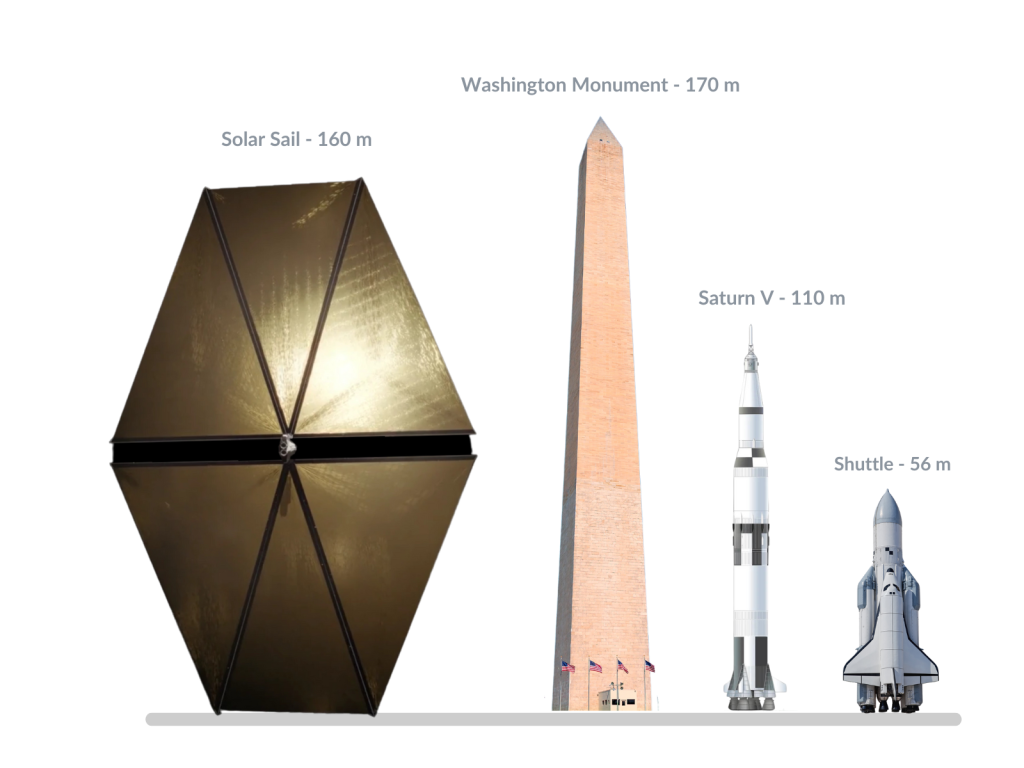
Recent aerospace applications predominantly feature either partially or fully integrated ultra-thin woven fiber composites. This innovation allows for large structures to be both lightweight and compacted into small configurations, eliminating the need for mechanical hinges with relatively higher weights
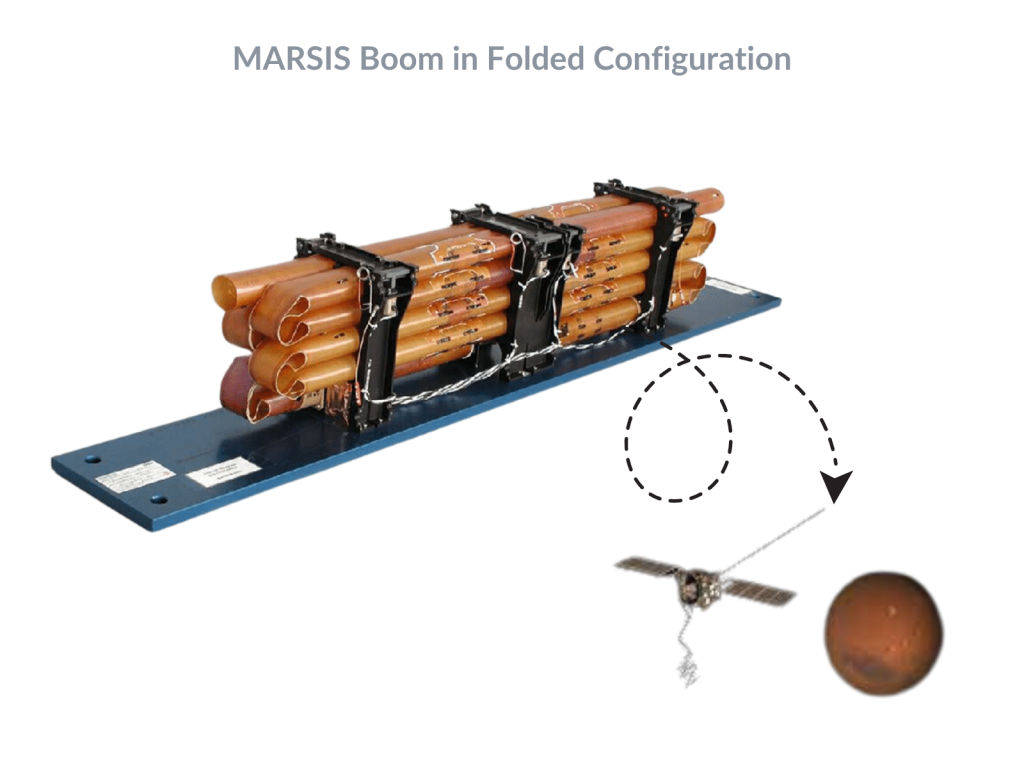
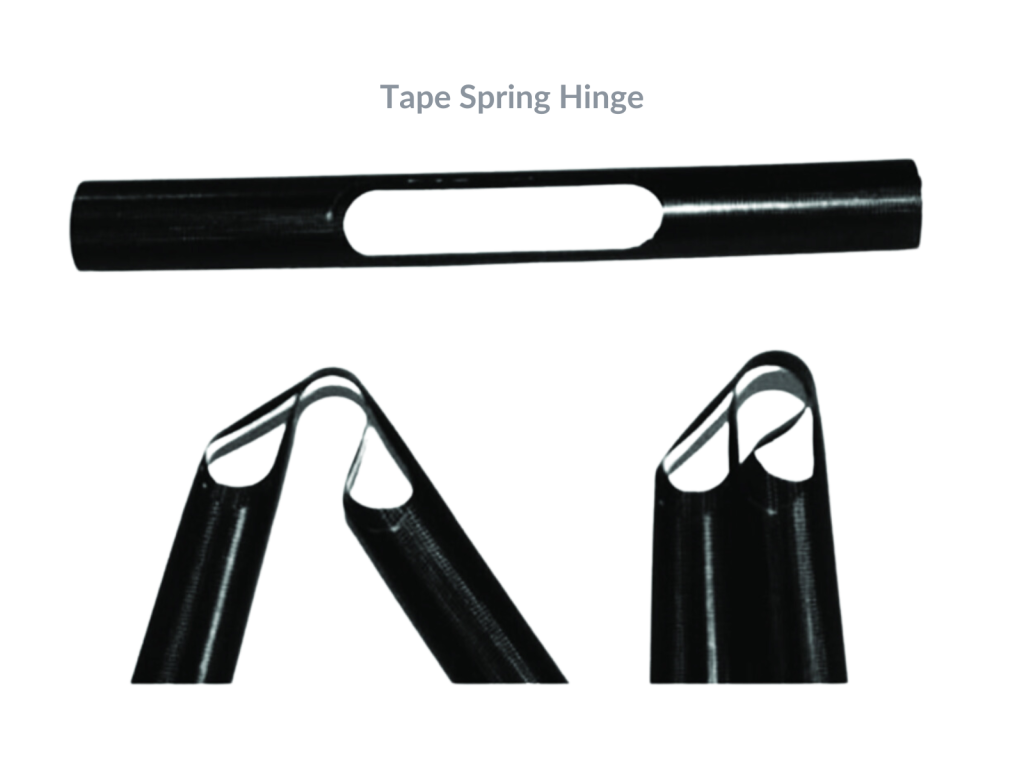
Experimental Studies
Several experimental studies have been conducted to obtain mechanical properties and failure criteria. Examples include the four-point bending test, the platen folding test, and the column bending test.
The experimental studies reveal approximately a 20% reduction in bending stiffness, a phenomenon not accurately predicted by analytical methods. Classical lamination theory tends to overestimate bending properties by 200–400% for composites with fewer than three plies.
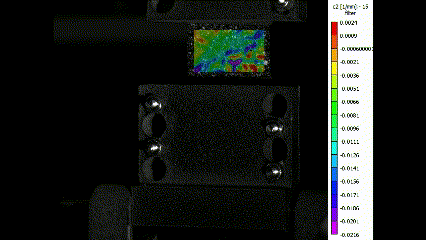
The column bending test, conducted in collaboration with the University of Caltech, involves measurements taken using a DIC technique.
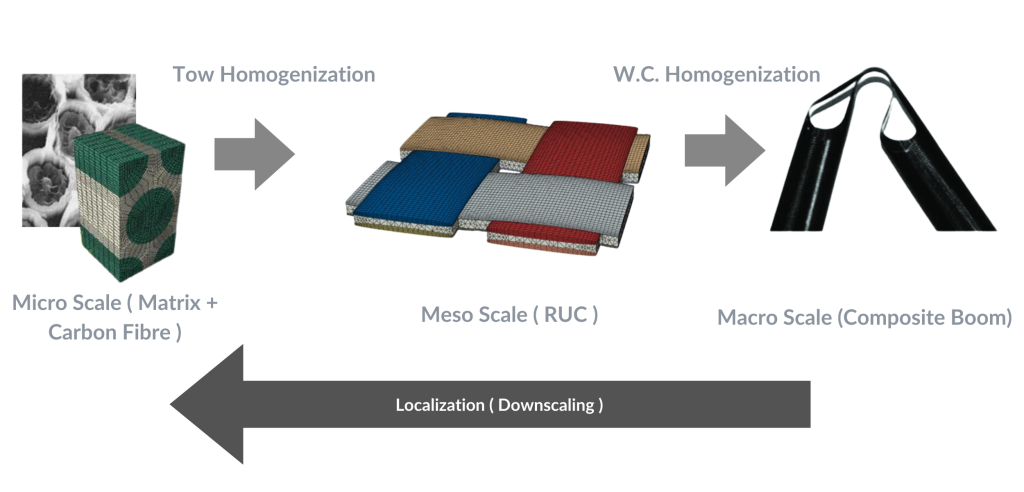
Multiscale Modelling
A multiscale modeling approach is utilized to understand the intricate mechanical behavior of woven fiber composites, characterized by complex geometry and nonlinear properties. Literature experiments reveal a substantial decrease in bending stiffness for ultra-thin structures under extreme curvatures. Investigating this phenomenon through a comprehensive multiscale modeling approach is crucial for the design and optimization of future space structures.
Numerical Studies
Various parameters of woven fibre composites have been considered and made reasonable idealizations to predict the mechanical behaviour accurately in numerical studies.
- Representative Unit Cell Size
- Tow Geometry
- Cross Section
- Tow path
- Elements
- Fiber Alignment
- Interaction between Tows
- Periodic Boundary Conditions
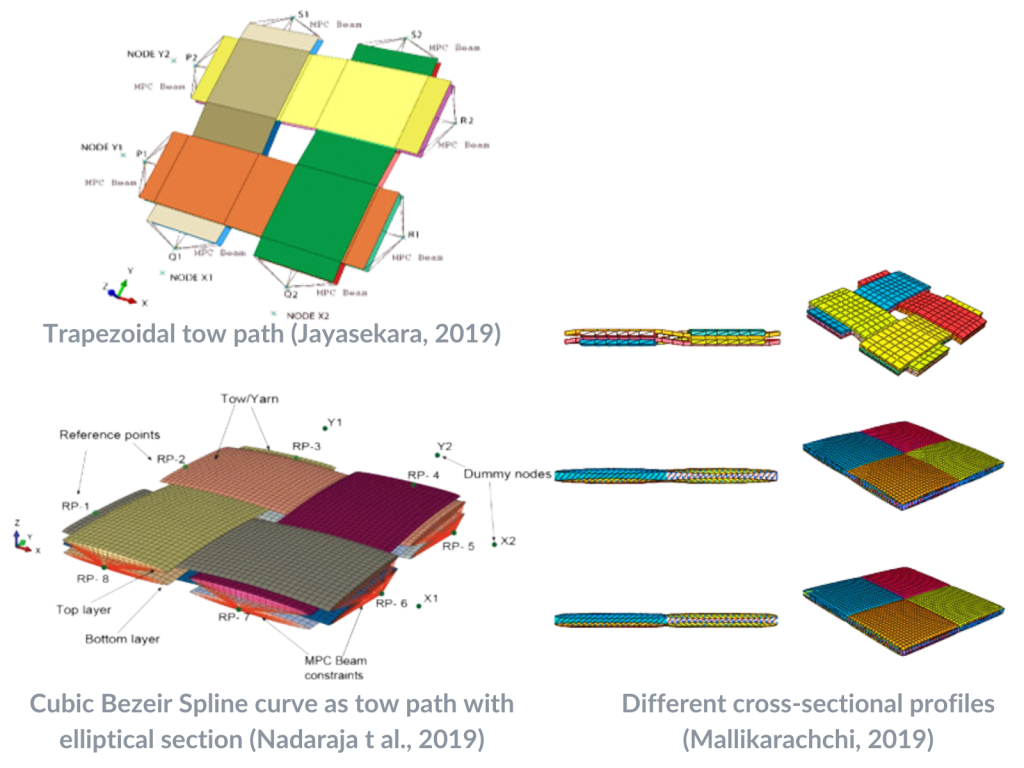
Recent Articles
This work analyzes a 2019 Caltech CBT experiment using three methods. First, a closed-form geometric analysis is employed. Then, two corrections are …
Stay In Touch
If you share a common interest in my work, let’s stay connected. I am open to collaborations and projects where my expertise could prove beneficial. Also, if you have any questions or need clarification about my work, please feel free to reach out!
